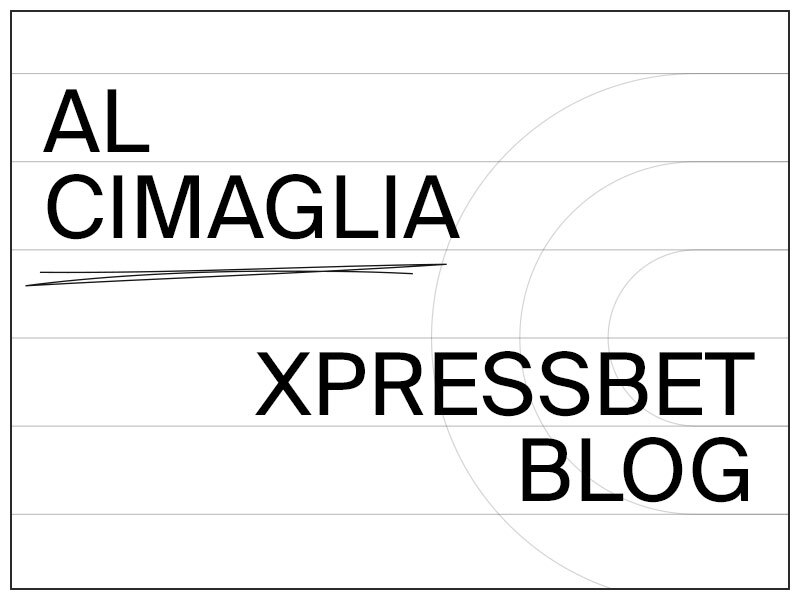by Al Cimaglia
July 12, 2018

Top harness drivers usually are patient but know when to be aggressive. They find a balance and appear in control. Excellent pilots have great hands and can make split second decisions correctly. The very best get the most out of their horse down the lane and seldom let a blistering pace cost them at the end of the mile.
Picking one driver over another can be as subjective as arguing whether chocolate ice cream is better than vanilla. Often top conditioners and the best pilots go hand in hand. No matter how good the drive the horse must be able to do the work. In harness racing a driver matters much more than a jockey in a thoroughbred race. A bad drive can often be the undoing of the best horse. While a trip to the winner's circle could await a horse that isn't in the best form but got a great trip.
A driver can be dominate at a certain circuit and get first call when a horse is entered. In this situation the big-name teamster could have his choice of two, three and sometimes four horses. The best driver on the grounds gets his pick, so the chips are stacked in front of him.
Sometimes the better driver may not be the one who has the top win percentage. It may be a driver who does consistently well but isn't first call to as many top trainers. One pilot who comes to mind is Trevor Henry who toils on the Woodbine Mohawk Park circuit. Henry doesnt get the same quality of mounts as Doug McNair or Louis-Philippe Roy, but he does well. His batting average isn't as high, but most would agree he is a top teamster on the WEG circuit.
To be considered an elite driver, winning races at a top circuit which has a deep stable of pilots is a requirement. Those who drive in Grand Circuit events are in the upper echelon. Dave Miller, Tim Tetrick, Yannick Gingras are names that come to mind first. Then there are younger drivers like Roy and McNair who drive primarily in Canada but are now starting to branch out. The other tier of solid drivers in the U.S. includes Andy Miller, Scott Zeron, Brett Miller, Matt Kakaley, Trace Tetrick, Mark MacDonald, Jordon Stratton and Jason Bartlett.
Gamblers not only follow a winning and confident driver they look for trends when matched-up with certain trainers. There are so many variables in handicapping a race, never to be overlooked is a hot barn. Some trainers have incredible returns over a brief period and they often use the same driver. Other barns don't have as many peaks and valleys but there is no denying, identifying when a trainer is on a roll is crucial.
If I had to pick a driver to win one race it would be David Miller. Over the years Miller has been at a top level on larger and smaller ovals. For my money Miller can race a horse effectively on the lead or off a helmet. He is always dangerous no matter the odds. The bigger the purse the better for Miller who never seems rattled.
A close second would be Tim Tetrick who is only 36 years sold. When he began driving in Illinois about 18 years ago, a trainer told me Tetrick had the best hands since Dave Magee. That was a huge compliment and an accurate assessment as Magee ended his career with 11,868 wins. Tetrick reached 10,000 wins in only 19 years after his first victory. He was the youngest driver and quickest to reach that illustrious plateau.
Drivers get more than their share of blame and they all lose more than they win. It takes a special person to drive a standardbred and it's a dangerous, difficult job. Top pilots stay confident and find a way to put their horse in a position to give the best possible effort.
Check me out on Twitter, @AlCimaglia.